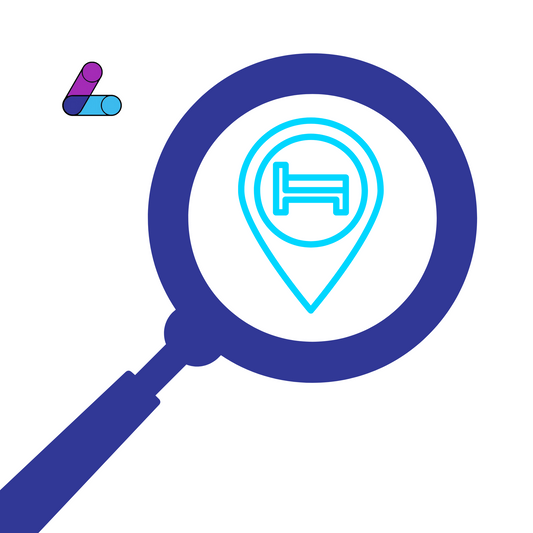From all the CRM systems on the market, HubSpot stands out for its versatility and user-friendly interface. However, the true potential of HubSpot is unlocked when it's engineered in a data-driven way, focusing on the simplification of data entry and the precision of data analysis. This blog post delves into the nuances of optimizing HubSpot for data-driven success, emphasizing the importance of streamlined data fields, strategic use of dropdowns, and meticulous attention to key user fields for enhanced reporting and dashboard utility.
The Philosophy of Less is More
The first step in engineering HubSpot in a data-driven manner is embracing the philosophy that less is more. Overloading your CRM with excessive text fields can lead to data clutter, inaccuracies, and user frustration. Instead, the focus should be on simplifying data entry through the strategic use of dropdowns and predefined options. This approach not only ensures data consistency but also facilitates easier data analysis and reporting.
Dropdowns vs. Text Fields: Dropdowns offer a controlled vocabulary for data entry, reducing the risk of errors and inconsistencies that are common with free-text fields. By limiting choices, you ensure that the data collected is clean, consistent, and ready for analysis.
Precision in Key User Fields
Certain user fields, such as phone numbers, emails, and user identification, require special attention to maintain the integrity and usefulness of your data.
- Phone Numbers and Emails: Implementing standardized formats for phone numbers and email addresses is crucial. HubSpot can be configured to validate these fields, ensuring that the data entered conforms to a standard pattern, which is vital for communication and segmentation.
- User Fields: Custom user fields should be designed with reporting in mind. Consider what information is essential for segmenting your audience, personalizing communications, and tracking user engagement. Each field should serve a clear purpose in your data analysis strategy.

Leveraging HubSpot for Reporting and Dashboards
HubSpot's reporting and dashboard capabilities are powerful tools for visualizing data and gaining insights into your business processes. To fully leverage these tools, your HubSpot setup must be engineered with data analysis in mind.
- Custom Dashboards: Tailor your dashboards to reflect the metrics that matter most to your business. Whether it's lead conversion rates, customer engagement levels, or sales performance, your dashboards should provide a clear, at-a-glance understanding of your business health.
- Data-Driven Decision Making: With clean, well-organized data, HubSpot's reporting tools can help you make informed decisions. Use the insights gained from your custom reports and dashboards to refine your marketing strategies, improve customer engagement, and drive business growth.
Engineering HubSpot in a data-driven way is an art that requires thoughtful consideration of how data is collected, organized, and analyzed. By focusing on simplification through the use of dropdowns, ensuring precision in key user fields, and leveraging HubSpot's robust reporting capabilities, businesses can transform their CRM into a powerful engine for data-driven decision-making. As experts in the field, we at Loncom Consulting are dedicated to helping businesses unlock the full potential of HubSpot, turning data into actionable insights that drive success.
Looking to optimize your HubSpot setup for data-driven success? Contact us for expert guidance and support.





